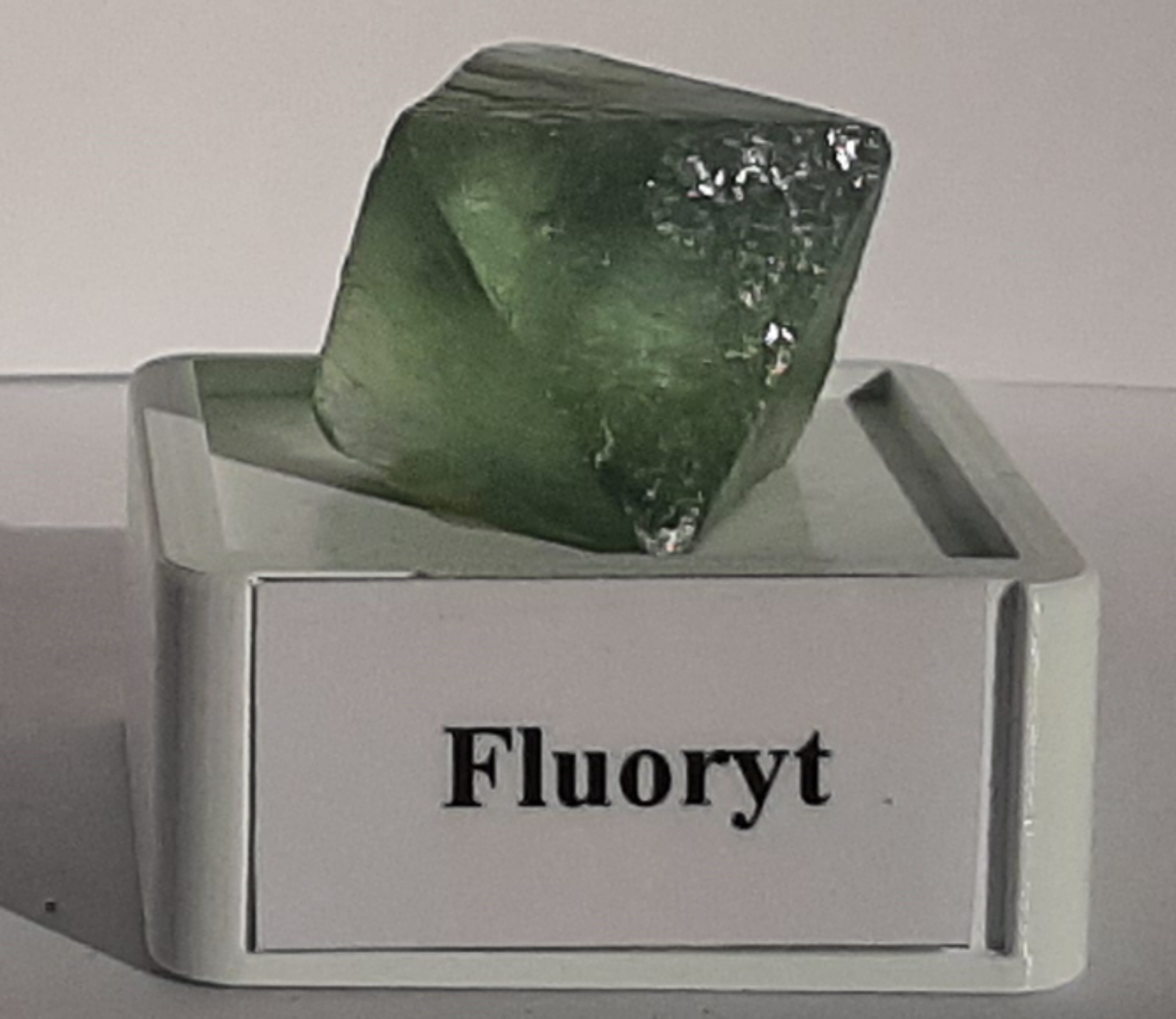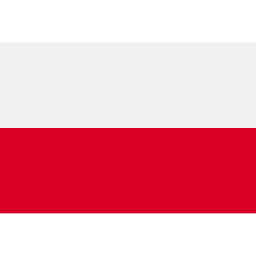
Fluorite
halides
3.1 to 3.2 g/cm3
regular
excellent
CaF2
colourless, white, yellow, green, purple, blue, pink, violet
4 on the Mohs scale
glassy
One of the most popular minerals on Earth; it is found in hydrothermal veins of the alpine type; as well as in marble, granite, limestone rocks and dolomite fissures; it is also mined together with ores of industrial metals such as: copper, zinc, tin, lead; fluorite is mined in Great Britain, France and USA; in Poland it is found in the Kletno area, in the Kaczaw Mountains and in the Izers foothills
Pure fluorite is colourless but is usually multicoloured (a mixture of violet, colourless, blue and green colours); forms cube, octagonal or duodenal crystals and combinations thereof; is characterised by a vitreous sheen, excellent choppiness and cube or shell fracture; is commonly used in optics (mainly in synthetic form), metallurgy (as flux in the production of aluminium), in the IT industry for the production of certain computer parts, for the production of hydrofluoric acid and selected plastics
The name of this mineral comes from the Latin word fluere, which means “to flow” since it has been used as a flux since 1529; fluorite is referred to as the most colourful mineral in the world, which can take on almost all shades of the rainbow; fluorite was the basis for observing the phenomenon of the emission of absorbed light, which was given the aisle of fluorescence, precisely because of fluorite; also from fluorite the name of the element is taken: fluorite; in the 19th century, England discovered the famous English deposits of Derbyshire fluorite, which were distinguished by their blue-violet color and received the nickname "Blue John"; fluorite has properties to help cope with stress, many people also believe it is a mineral of dreamers looking at the sky


